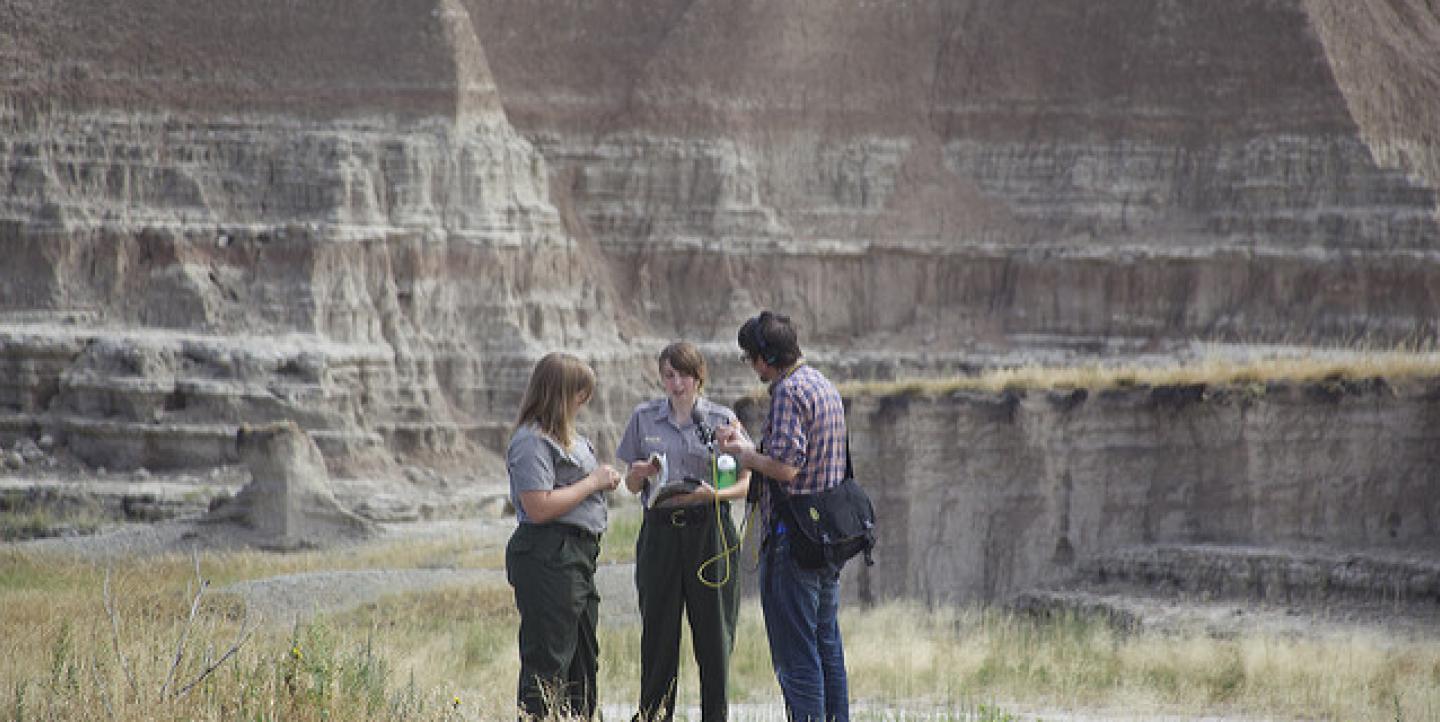From radio documentaries to narrative podcasts, the art of audio storytelling can be complicated and confusing — not just for beginners, but also experienced journalists.
IJNet spoke to two producers of narrative podcasts about key storytelling skills, from finding the best stories to tell using audio to recording natural narration.
Hebah Fisher is the co-founder of Kerning Cultures, a podcast that brings audio stories from the Middle East and its diaspora to the region and the world. Maeve McClenaghan is the founder of the The Tip Off podcast that tells behind-the-scenes stories about investigative news stories. They both shared insights about their productions.
1. Find eloquent characters
Since Kerning Cultures is very character-driven, Fisher and her team look for characters who are “very articulate and vulnerable” when being interviewed.
“There are times we sit for interviews and we find that the person is too guarded and that it’s difficult for them to open up so we will find another character to tell the story,” said Fisher. “The point that we want to get across to our listeners won’t come through without that vulnerability.”
After many interviews, Fisher finds that being vulnerable as an interviewer helps building a safe space with the interviewee, and encourages them to do the same.
“I will ask a question and answer it myself and share something about myself and my family, open my heart a little and so it makes it a lot easier for the person in front of me to open up too,” she said.
McClenaghan doesn’t pre-interview her guests to let the conversation flow naturally. She often meets them at their home and leads detailed interviews, recording for an hour. Although many people begin the interview quiet and modest, she asks questions to draw them in.
She will also often go back over parts of the interview to ask the interviewee specific questions about the weather, what they were wearing or what they were thinking during a specific moment.
2. Think about the story’s narrative arc before production
As an investigative journalist, McClenaghan tries to use the same technique she uses in her day job: reading between the lines.
“With every investigation, there’s a clear narrative arc [from] when they come up with the idea to the point when they bring out the story,” she said.
Do not try to restructure the narrative arc that already exists. Instead, McClenaghan suggests framing your story around the natural story progression.
3. Use the transcript to build your script
Fisher and a few other producers read through the transcripts and highlight the best parts of an interview. They use these pieces to form a script around them, which she describes as a “laborious” process.
“We often go through five or six drafts — maybe closer to ten at times — before it’s ready to release,” said Fisher.
4. Find out your own best setting to record narration
McClenaghan records at her home by herself. “I have the script in front of me but if it’s not a section that needs to be every single world, I try to relax,” she said.
At times, she sends the audio to friends who give her feedback and help her catch unnatural intonations or awkward sentences.
Fisher lives in Seattle while many of her collaborators live in the rest of the U.S., U.K. and the Middle East. However, she finds that if she records alone, she speaks a very soft voice. To avoid this, she records her narration while on Skype with another collaborator. She mutes them, records and then unmutes to ask them for feedback.
“To get a nice voice that’s projecting where you actually sound like you’re talking to a listener,” she said.
5. Consider how music could supplement your piece
McClenaghan uses music to create drama and enhance her storytelling. She had a musician she knew create theme music that she uses throughout the piece.
When she has spare time, McClenaghan creates a library of music tracks and labels them based on the mood they convey or emotion they illicit, to prepare for future episodes. You can find free music on websites including Incompetech, Free Music Archive and Youtube’s audio Library.
6. Allow yourself time to learn
Fisher says that her team has learned how to produce great stories through trial and error. In the beginning, they would sometimes reach post-production and realize the story did not work.
It’s important to allow yourself to make these mistakes, and over time you’ll have a much easier time producing great narratives.
Main image CC-licensed by Flickr via Badlands National Park.

